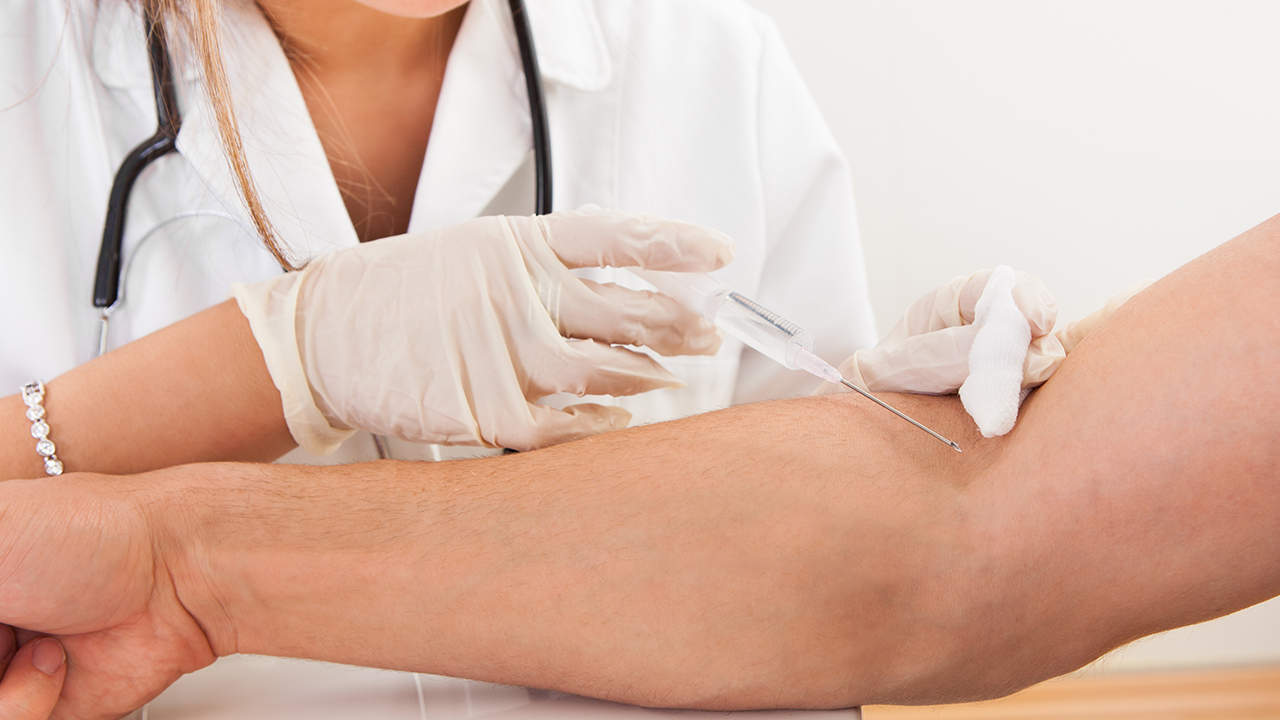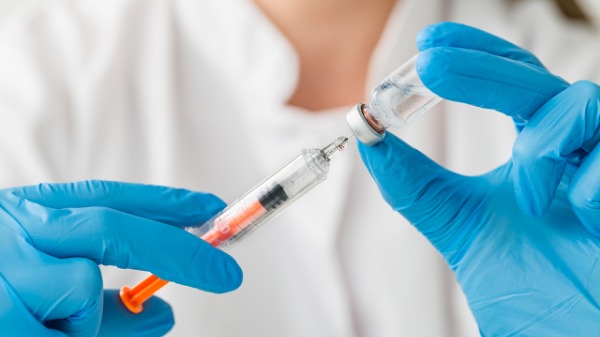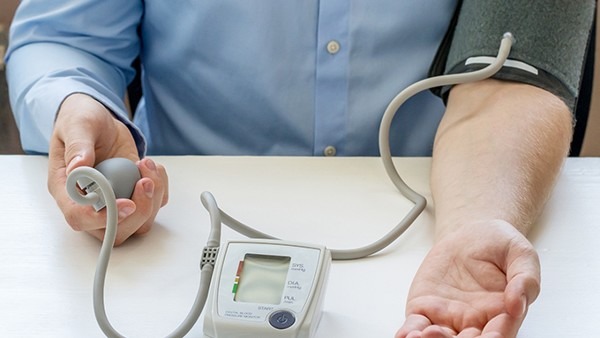Characteristics of Dengue Virus Genus Flavivirus

Title: Characteristics of Dengue Virus Genus Flavivirus
Introduction:
The dengue virus, belonging to the genus Flavivirus, is a mosquito-borne pathogen responsible for a wide spectrum of illnesses, ranging from mild fever to severe dengue fever and dengue hemorrhagic fever. Understanding the characteristics of this virus is crucial for developing effective prevention and treatment strategies.
Taxonomy and Phylogeny:
Flavivirus is a genus within the family Flaviviridae, which includes arthropod-borne viruses known to cause human diseases such as yellow fever, West Nile virus, Japanese encephalitis, and Zika virus. Dengue virus is classified into four serotypes (DENV-1 to DENV-4) and a fifth serotype (DENV-5) discovered in 2013. Each serotype exhibits distinct genomic and antigenic variations.
Genome and Structure:
Dengue virus has a single-stranded, positive-sense RNA genome approximately 11 kilobases in length. The genome encodes three structural proteins (capsid, premembrane, and envelope) and seven non-structural proteins (NS1, NS2A, NS2B, NS3, NS4A, NS4B, and NS5). The structural proteins form the viral capsid, while the non-structural proteins play crucial roles in viral replication, assembly, and pathogenesis.
Viral Replication Cycle:
Upon infection of a host cell, the dengue virus genome is released into the cytoplasm and undergoes translation to produce a single polyprotein precursor. The polyprotein is then cleaved into individual proteins by viral proteases. The viral RNA-dependent RNA polymerase, encoded by NS5, replicates the genome to produce new RNA strands. These RNA strands serve as both mRNA for protein synthesis and templates for further genome replication. The newly synthesized viral proteins and RNA genomes assemble into immature virions that acquire their lipid envelope by budding through the host cell membrane.
Transmission and Vector:
Dengue virus is primarily transmitted through the bites of infected female Aedes mosquitoes, particularly Aedes aegypti and Aedes albopictus. The virus replicates in the mosquito midgut and salivary glands, and is transmitted to humans during blood feeding. Mosquitoes become infected by ingesting viral particles present in the blood of an infected human host. The virus can also be transmitted through contaminated blood transfusions or organ transplants in rare cases.
Pathogenesis:
Dengue virus infection can cause a range of clinical manifestations, including a self-limiting febrile illness known as dengue fever, as well as more severe forms such as dengue hemorrhagic fever and dengue shock syndrome. The severity of infection depends on various factors, including the viral serotype, host immunity, and environmental conditions.
During infection, the virus replicates in various cell types, including monocytes, macrophages, dendritic cells, and endothelial cells. Viral replication and the host immune response contribute to the development of symptoms, which may include fever, headache, muscle and joint pain, nausea and vomiting, and a characteristic rash. In severe cases, the virus can damage blood vessels, causing increased vascular permeability and leading to dengue hemorrhagic fever and dengue shock syndrome.
Antigenic Variation and Antibody Response:
Dengue virus serotypes share significant antigenic similarities, but also exhibit specific antigenic variations. Antibodies developed against one serotype cross-react with other serotypes to some extent, but do not provide complete protection against subsequent infections with different serotypes. This antigenic variation can lead to repeated dengue infections in individuals living in endemic areas.
Immune Response:
The immune response to dengue virus infection is complex and involves both innate and adaptive immunity. Innate immune responses include interferon production, phagocytosis, and natural killer cell activity. Adaptive immune responses involve the production of neutralizing antibodies and cytotoxic T cells. Humoral immunity plays a critical role in protection against subsequent infections, but non-neutralizing antibodies can also contribute to disease pathogenesis through antibody-dependent enhancement (ADE).
Epidemiology and Distribution:
Dengue virus is endemic in tropical and subtropical regions of the world, primarily in Southeast Asia, the Pacific Islands, the Americas, and Africa. The virus poses a major public health threat, with an estimated 390 million infections and 20,000 deaths occurring globally each year. Climate change and urbanization are among the factors contributing to the spread of dengue virus and the emergence of new transmission zones.
Treatment and Prevention:
Currently, there is no specific antiviral treatment for dengue infection. Management focuses on supportive care, including pain relievers, antipyretics, and intravenous fluids in severe cases. Early detection and prompt medical attention are essential to improve patient outcomes.
Prevention measures play a crucial role in controlling dengue transmission. These include vector control measures such as eliminating mosquito breeding sites and using mosquito repellents, as well as personal protective measures such as wearing long sleeves and pants in areas with high mosquito activity. Vaccination is another important preventive strategy. Several dengue vaccines have been developed, but their effectiveness and implementation strategies vary depending on the region and the circulating serotypes.
Conclusion:
Dengue virus is a significant global health concern, causing a spectrum of illnesses from mild fever to severe and potentially life-threatening conditions. Understanding the characteristics of this virus, including its genome, replication cycle, transmission, pathogenesis, and immune response mechanisms, is essential for developing effective prevention and treatment strategies. Continued research and public health efforts are needed to reduce the burden of dengue disease and protect populations at risk.
The above is all the content that the editor wants to share with you. I sincerely hope that these contents can bring some help to your life and health, and I also wish that your life will be happier and happier.
Topic: #dengue #of #characteristics















